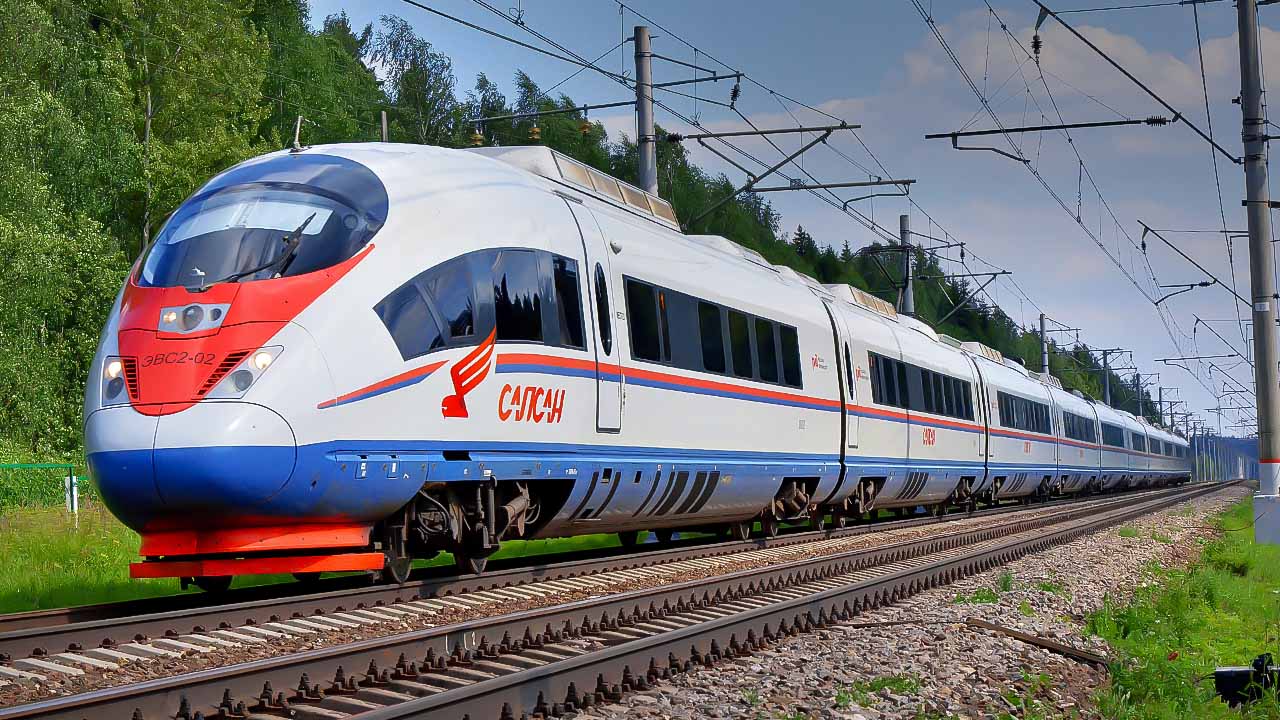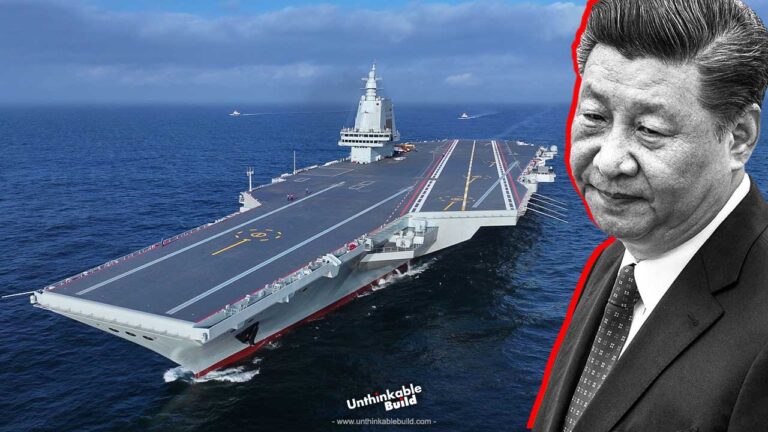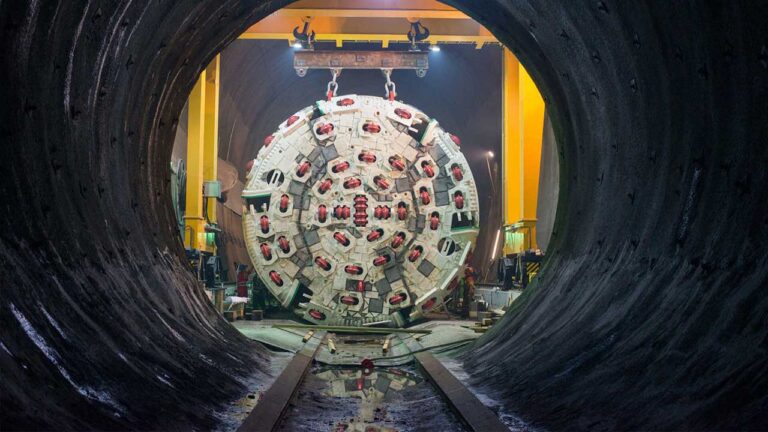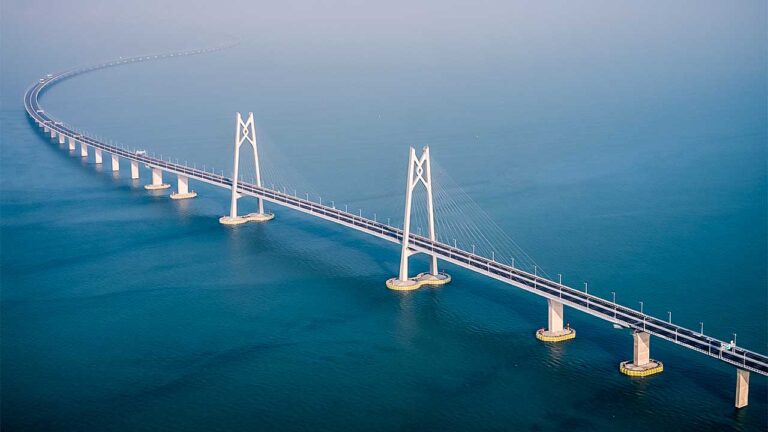Moscow-St. Petersburg High-Speed Rail Project
The railway network in Russia is one of the most extensive and important transportation systems in the world. Covering an immense geographical area, the Russian railways are pivotal in connecting the vast and diverse regions of the country. They link densely populated urban areas to the remote and often inaccessible parts of Siberia and the Far East. This network serves a dual purpose: it is a critical means of transportation for passengers and a vital artery for moving goods and resources across the country and into international markets.
A notable example of this network is the Trans-Siberian Railway, stretching over 9,000 km from Moscow to Vladivostok and renowned for being the longest railway line in the world. This railway system plays a crucial role in domestic connectivity and economic activities, and it also serves as a significant link in the international logistics chain, connecting Russia with Europe and Asia. The development and maintenance of the railway network in Russia are major focuses for the government, reflecting its strategic importance in national development and international trade.
In a significant move towards modernizing its transport infrastructure, Russia has embarked on constructing Europe’s longest high-speed rail line: the Moscow-St. Petersburg high-speed rail project. President Vladimir Putin recently approved a substantial investment of US $18 BILLION to realize this vision, a development that promises to revolutionize rail travel in the country.
Also Read: Thames Tideway Tunnel: London’s £4.5 Billion “Super Sewer” Tunnel
The planned Moscow-St. Petersburg high-speed rail line, stretching over 650 km, will connect two of Russia’s most significant cities: Moscow and St. Petersburg. This rail route will not only be the longest in Europe but will also halve the current travel time between these cities. Presently, the Sapsan express, operating at 250 km/h, takes around four hours to cover this distance. The new high-speed rail, however, is expected to see trains traveling at speeds of up to 400 km/h, reducing the journey time to just over two hours.
One of the key aspects of this project is the expansion of the number of tracks from four to six. This expansion is not merely a quantitative upgrade but is also designed to support the high speeds at which the trains will operate. The project reflects Russia’s commitment to enhancing its domestic infrastructure and reducing travel times, thereby making long-distance travel more feasible and efficient for its citizens.
The Moscow-St. Petersburg high-speed rail project was initially approved in 2019, and according to Russian Railways, construction was scheduled to begin in 2021. However, in November 2021, it was reported that the project might be abandoned in favor of possible upgrades to the existing Saint Petersburg-Moscow railway. On August 2023, Putin announced that it was about time to start building the railway. The Moscow-St. Petersburg high-speed rail project, which aims to connect Saint Petersburg and Moscow within 2 Hours And 15 Minutes, is intended to be just the beginning. He elaborated on further plans for connections with Kazan and other cities to the East.
Despite the initial uncertainties, the Moscow-St. Petersburg high-speed rail project is now set to be operational by 2028, with expectations of significantly boosting rail traffic on this route. By 2030, the average annual passenger traffic is estimated to reach around 22.6 Million People. This projection underscores the high demand for efficient and fast travel options within Russia, and the high-speed rail line is poised to effectively meet this demand.
Financing such a colossal project presents a significant challenge. Russian banks, namely VEB.RF, Gazprombank, and Sberbank, have stepped up by announcing their readiness to participate in the financing and construction of the project. Notably, all three banks are under Western sanctions. This situation has led to a shift in their focus, now investing more in major Russian infrastructure projects. This rail line serves as a prime example of how these financial institutions are channeling their resources towards national development endeavors.
Russia is simultaneously working on another mega-project, which marks a significant advancement in railway infrastructure between Moscow and Kazan. This 770 km long high-speed railway line connects the cities of Moscow and Kazan in the Russian Federation, passing through intermediate cities such as Vladimir, Nizhny Novgorod, and Cheboksary. Initially, this project was slated to be the first segment of an ambitious transnational high-speed railway intended to connect Beijing and Moscow, spanning a distance in excess of 7,000 km. The Moscow-Kazan section, covering 770 km, is poised to dramatically reduce travel time from the current 12 Hours to just 3.5 Hours.
China plays a pivotal role in this endeavor, China has appointed China Railway Rolling Stock Corporation (CRRC) to build part of the line and produce trains, which will be finished by 2024. CRRC, a Chinese state-owned and publicly traded entity, stands as the world’s largest rolling stock manufacturer by revenue, surpassing industry giants like Alstom and Siemens.
CRRC launched a prototype of a 400 km/h gauge-changing train capable of international travel last year. This train is expected to make its international debut on the Moscow-Kazan high-speed line, marking a significant milestone in railway technology.
This Moscow-Kazan route is not just a transportation project but also a strategic part of the Chinese Belt & Road Initiative. It is seen as a conduit to enhance trade between Russia and China while generating future revenue through ticket sales.
Another route under consideration is from Moscow to Rostov-on-Don, strategically located in southern Russia, near Ukraine. This expansion signifies the growing network of high-speed rail connectivity in the region.
The development of these next-generation high-speed trains propels Russia into an exclusive club, joining China and Japan as the only countries capable of producing such sophisticated railway infrastructure. Russia aims to leverage this capability to export technology to emerging markets in need of enhanced connectivity. This includes countries in India, Central Asia, the Middle East, Africa, and South America, all of which are part of the BRICS network.
Also Read: CopenHill: World’s First Artificial Mountain with a Ski Slope at Its Top
The trains are to be manufactured at the Ural Locomotives plant, owned by Russia’s Sinara Group. The company emphasizes the complexity and scientific rigor required in this endeavor, noting that the development process entails advances in materials science, aerodynamics, 3D scanning and printing, and the creation of digital twins. The aerodynamic testing for these high-speed trains is even more complex than that for jet aircraft, illustrating the technological sophistication of the project.
The upcoming annual BRICS Summit, set to be held in Kazan, reflects the strategic importance of this high-speed rail project. It symbolizes a significant step in international cooperation, technological advancement, and the growing influence of emerging economies in global infrastructure development. As this project progresses, it promises to reshape the landscape of rail travel and economic connectivity in the region.
High-speed railway projects in Russia have been discussed for a long time, but no high-speed railways have been constructed yet. A railway line between Moscow and St. Petersburg should be the first such project to be implemented in practice. The Moscow-St. Petersburg high-speed rail project is a bold step by Russia towards modernizing its transport infrastructure. It stands as a testament to the country’s ability to undertake large-scale projects despite international sanctions. This rail line is not just a means of transport; it symbolizes Russia’s commitment to advancing its technological capabilities and improving the quality of life for its citizens. As the world watches, this project could very well set a new standard for rail travel, not just in Europe, but globally.







